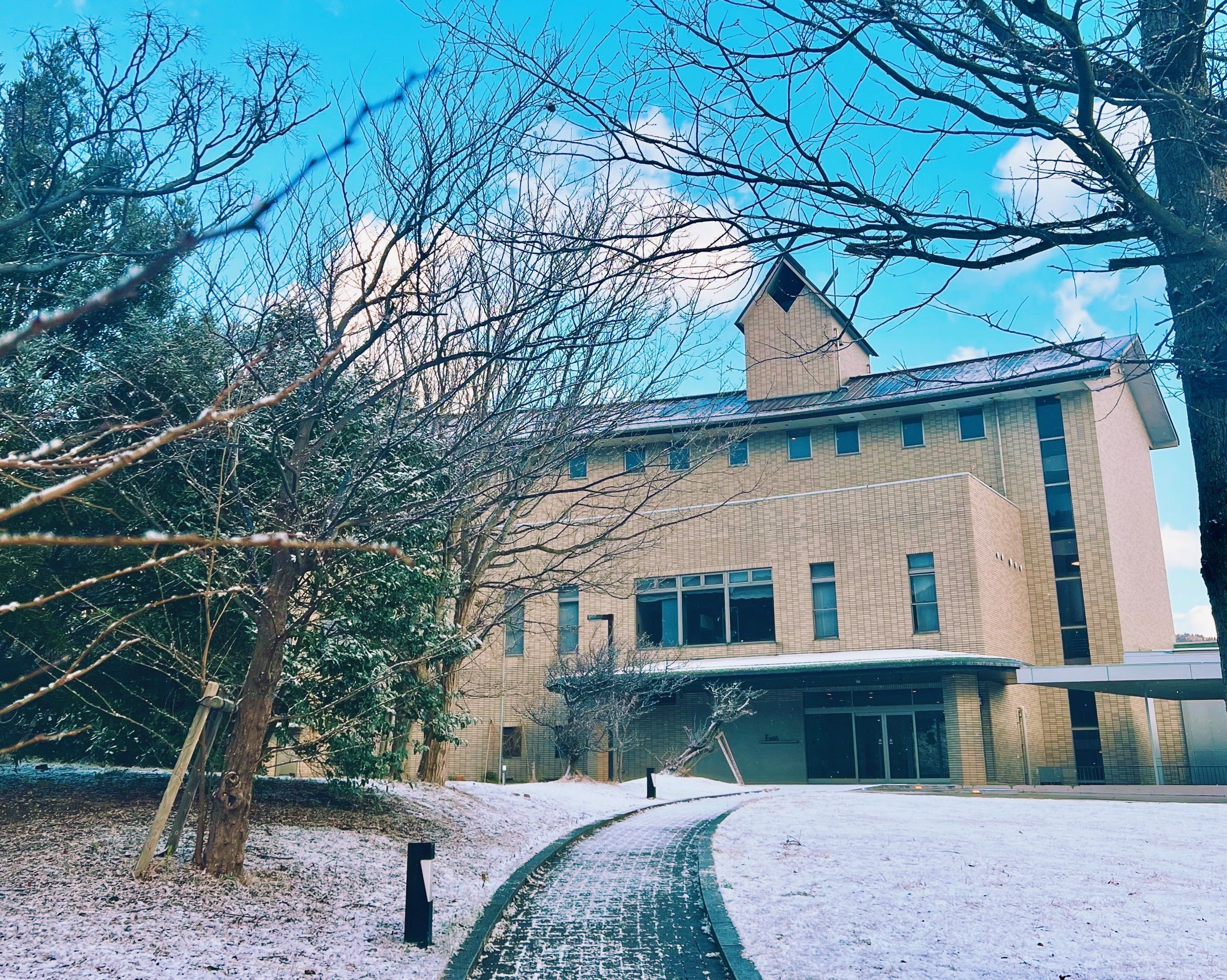Access to the Islands in Wintertime
Special attention should be paid to the changes in the ferry timetable during this season. As the busy tourism season quiets down, the three ferries of Oki Kisen Ferry Line take turns to go through their necessary maintenance. In January and February, instead of the usual three, there are only two ferries in operation. Moreover, the service of the fast ferry Rainbow Jet is also suspended from 21 December 2023 to 1 March 2024.
Make sure to check the most updated timetables on the official website of the Oki Kisen Ferry LineThis will open in a new tab. (English) to plan accordingly and make the most of your trip to the islands.
Activities and Tours
During winter, it can sometimes be bitterly cold and windy on the islands. However, on calm and bright days, it can be extremely enjoyable outside (and inside)! If you don’t have all the winter gears, but would still like to go on a short hike with (maybe) some snow, come visit us! Explore the islands with a geopark guide; you can check out the (maybe) snow-covered geosites, with the company and guiding provided by our professional and skillful experts. Winter is an enjoyable season to hike in the forest as it will not be too hot and hikers are protected from the wind by the towering trees.
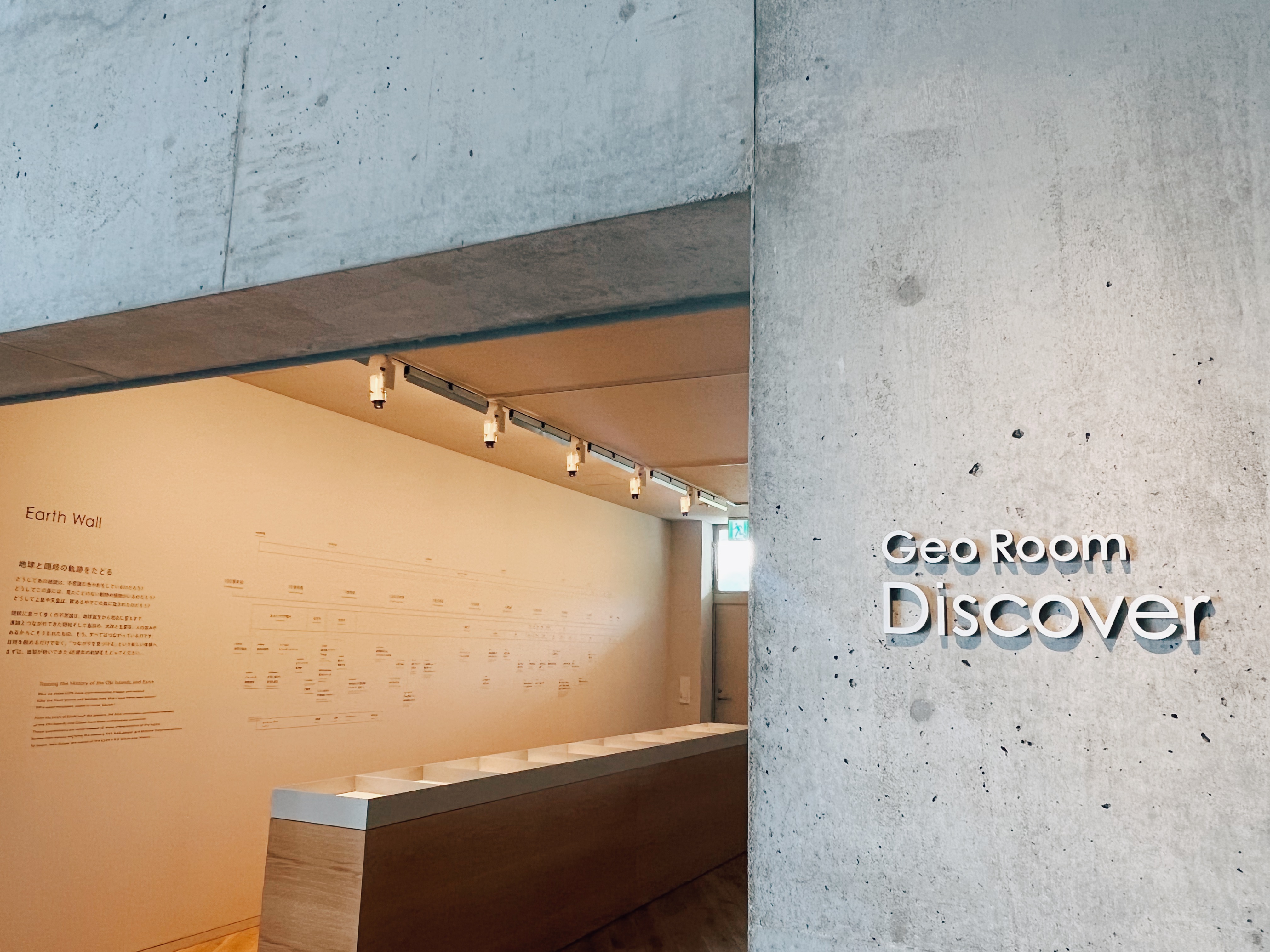
Nakanoshima Island (Ama Town) is relatively flat compared to the other 3 islands, which explains why you can find more rice paddy fields on this island in the Dōzen area. Depending on the year, the rice paddy fields may be snow-covered, too! You can enjoy a leisure stroll through the flat land of the snow-covered island. Don’t forget to check out Geo Room Discover when you’re there!
*It is still possible to explore the islands without a guide during this season, if you come prepared. However, due to safety reasons, we highly recommend going on a guided adventure, as the islands can be unrecognisable when snow-covered AND dark.
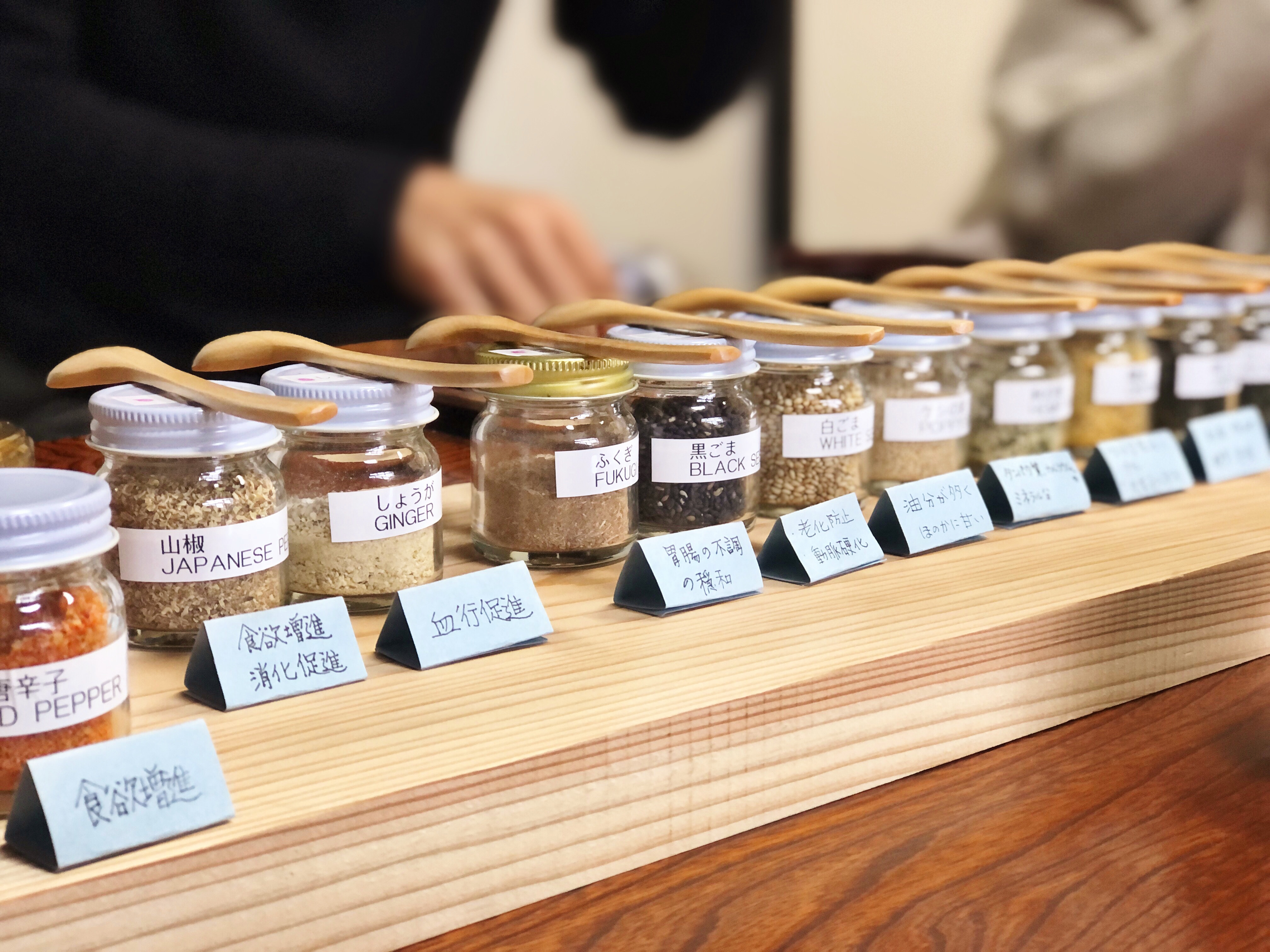
If it’s too windy and shivering cold outside, there are activities you can enjoy indoors! You will also be greeted with the warmest welcome!
Winter is probably the perfect time to try and make your own shichimi seasoning blend in Chibu Village! Create your own aromatic spice blend and add it to your nabe (Japanese hot pot dish) or oden (a type of Japanese one-pot dish)! You can also spend some time in Nishinoshima Town and create your own souvenir – a hand dyed tenugui towel – using Oki clay. In Okinoshima Town, you can make your own personal accessory with sea glass! You can bring the sea glass you’ve collected from your seaside stroll, or use the sea glass provided by the organiser.
For further recommendations on how to spend time indoors and still make the most out of your time on the islands, see our article about local museums and our article about cafes and facilities.
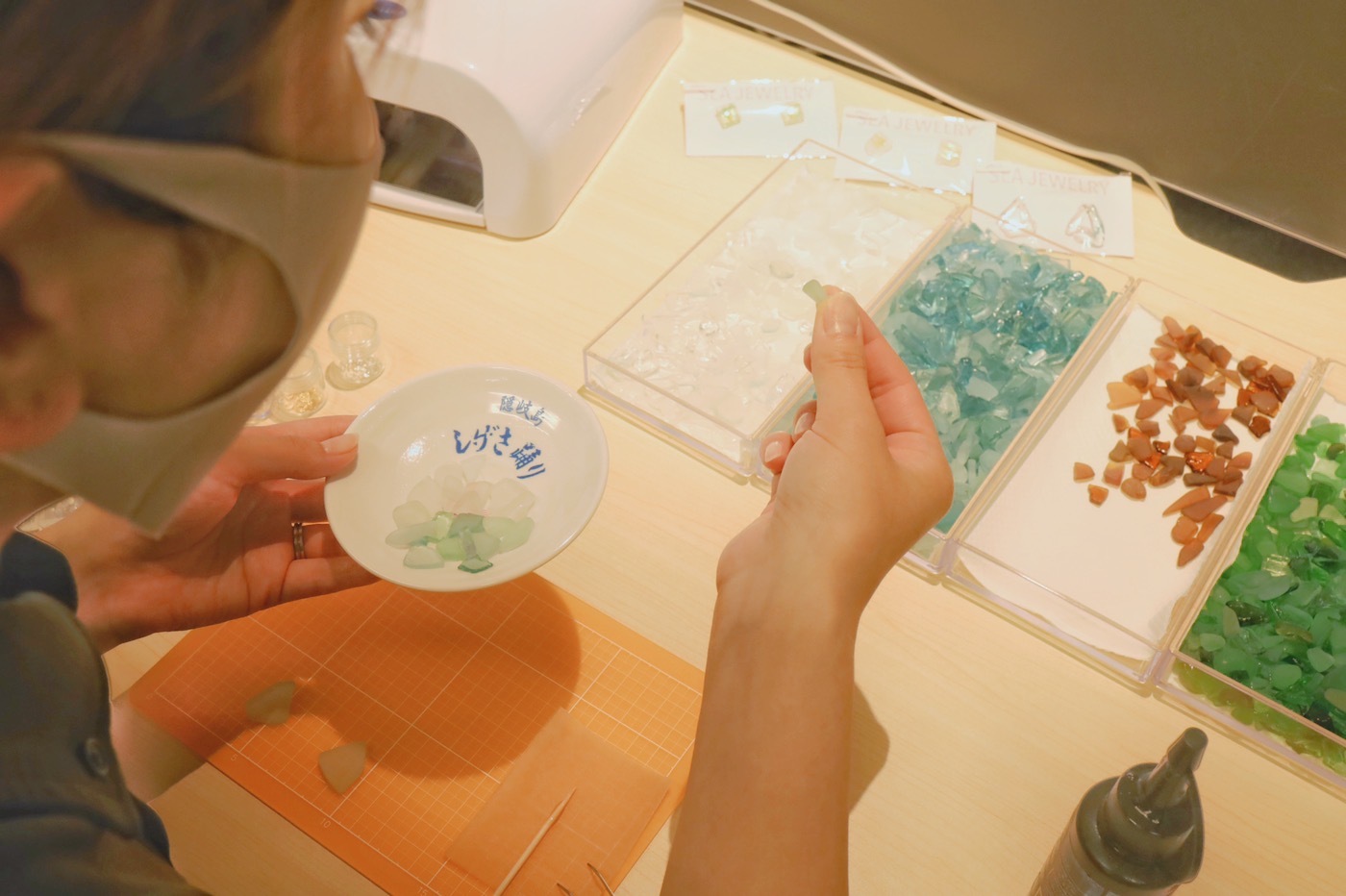
Festivals and Events
There aren’t many festivals and events in December, but some places on the islands are decorated with jolly illuminations. If you get to come and visit in January and February, you will be able to join the locals and experience some Oki traditions!
Imazu-no-Tondo New Year’s Bon Fire, Okinoshima Town (15 January)
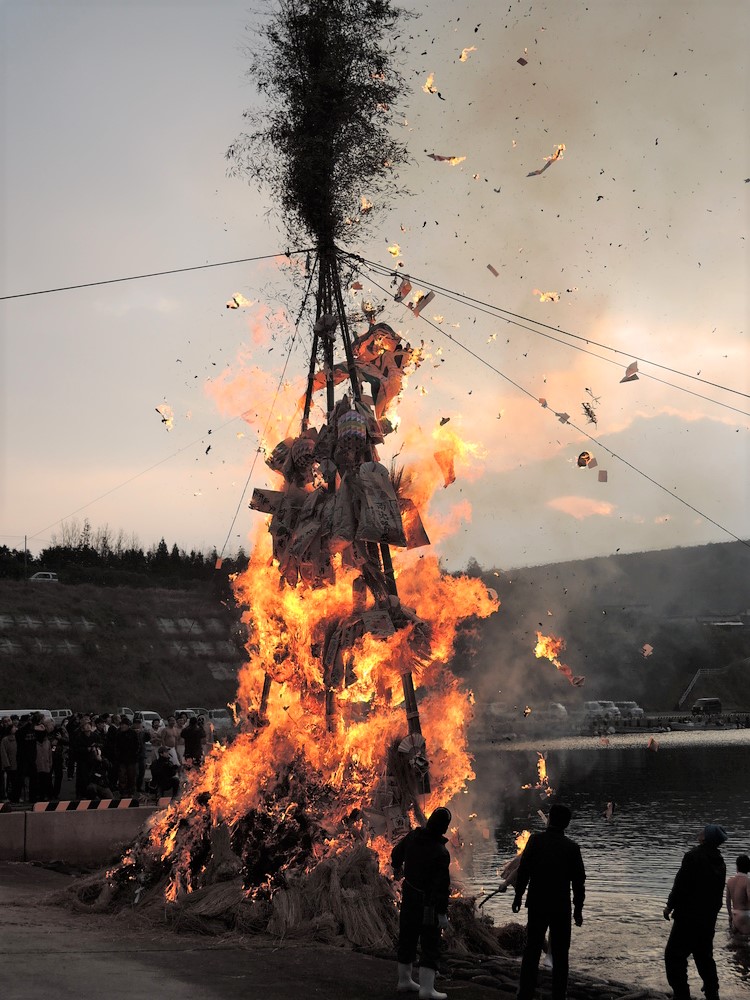
Every year on the morning of 15 January, “Tondo-yaki” is held in Imazu area of Okinoshima Town. It is a ceremonial burning of old New Year’s ornaments, talismans and the sacred bamboo stalks to pray for sound health and good harvest. The bamboo stalks will be set aflame and after it’s fallen into the sea, enthusiastic local heroes in their traditional clothing – fundoshi loincloth – will then dive into the winter sea, disassemble the “yagura”, and retrieve the bamboo! The lucky person who gets the bamboo puts it in front of their house for the year.
The following events and practices are very small and hyperlocal; the majority of the attendees are locals of the area where the events are held. It may be hard to comprehend for visitors. If you are visiting, and don’t mind hiring a guide, who would explain all the details, then these are some events to look out for:
Yamada-kyaku Matsuri-furyu, Okinoshima Town (early February)
Held annually in early February in Goka area of Okinoshima Town, this is originally a ceremony to pray for good harvest in spring and give thanks in autumn. Now, the event is only held in early spring. There will be a ceremonial arrow shooting, where the archers, including local residents and a shinto priest, shoot arrows at targets with pictures of a crow and a mouse. This event is an intangible folk cultural property of Okinoshima Town.
Urumi Somin-Shōrai, Chibu Village (early January)
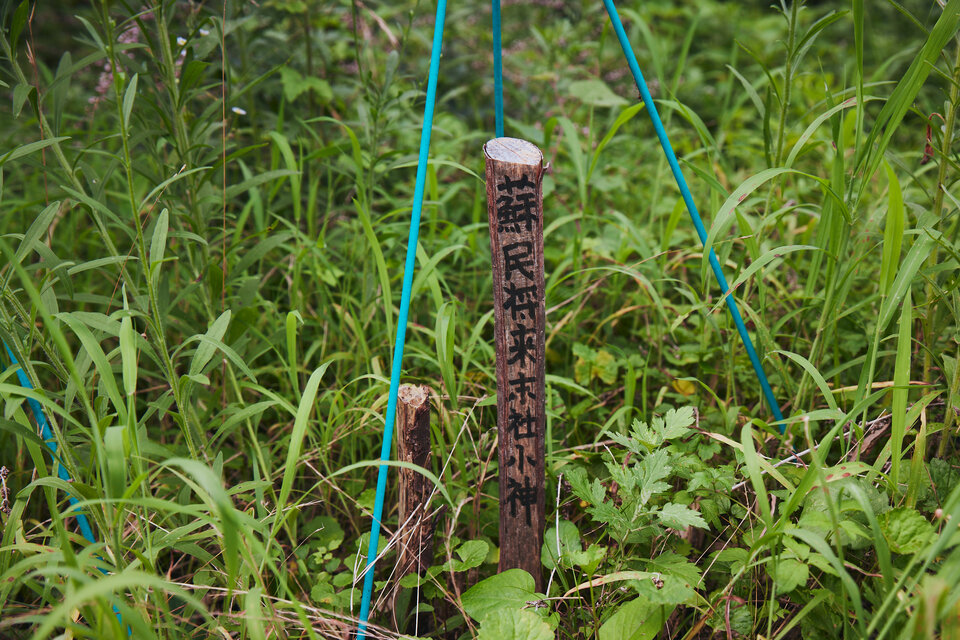
This practice is unique to Urumi area of Chibu Village. The roots of this ancient religious practice are from the folk belief in Somin Shōrai. The words “Somin-shōrai-massha-shōjin” are written on a narrow willow branch, and ceremonies are conducted at an altar by a Shinto priest. The stakes are then placed in seven places near the entrances to the area, to prevent illness and evil spirits from entering. Keep an eye out for the narrow branches when you are walking around Urumi area!
This practice is an intangible folk cultural property of Chibu Village.
Seasonal Food
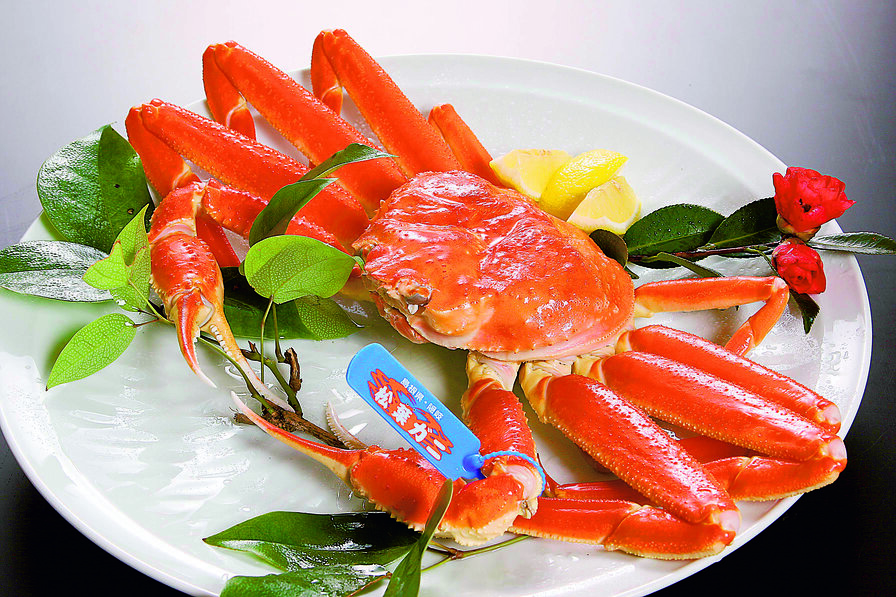
If you are visiting Oki, especially Okinoshima Town during winter, and if you really enjoy Japanese snow crabs, you’re in luck! In the San’in region, snow crabs are called “Matsuba-gani” and Oki Matsuba-gani (Oki Snow Crab) is a brand of crab carefully selected from snow crabs caught using baskets, a crabbing method which is rare in Japan. Crabs that weigh over 700g are tagged with a blue tag; a proof of the brand.
Crab fishing is only carried out in Okinoshima Town, and Dōgo Island is the only island in Oki where you can enjoy Oki Snow Crab. If you are planning to visit the islands during winter (December – February), make sure to include this mouthwatering local delicacy in your itinerary!
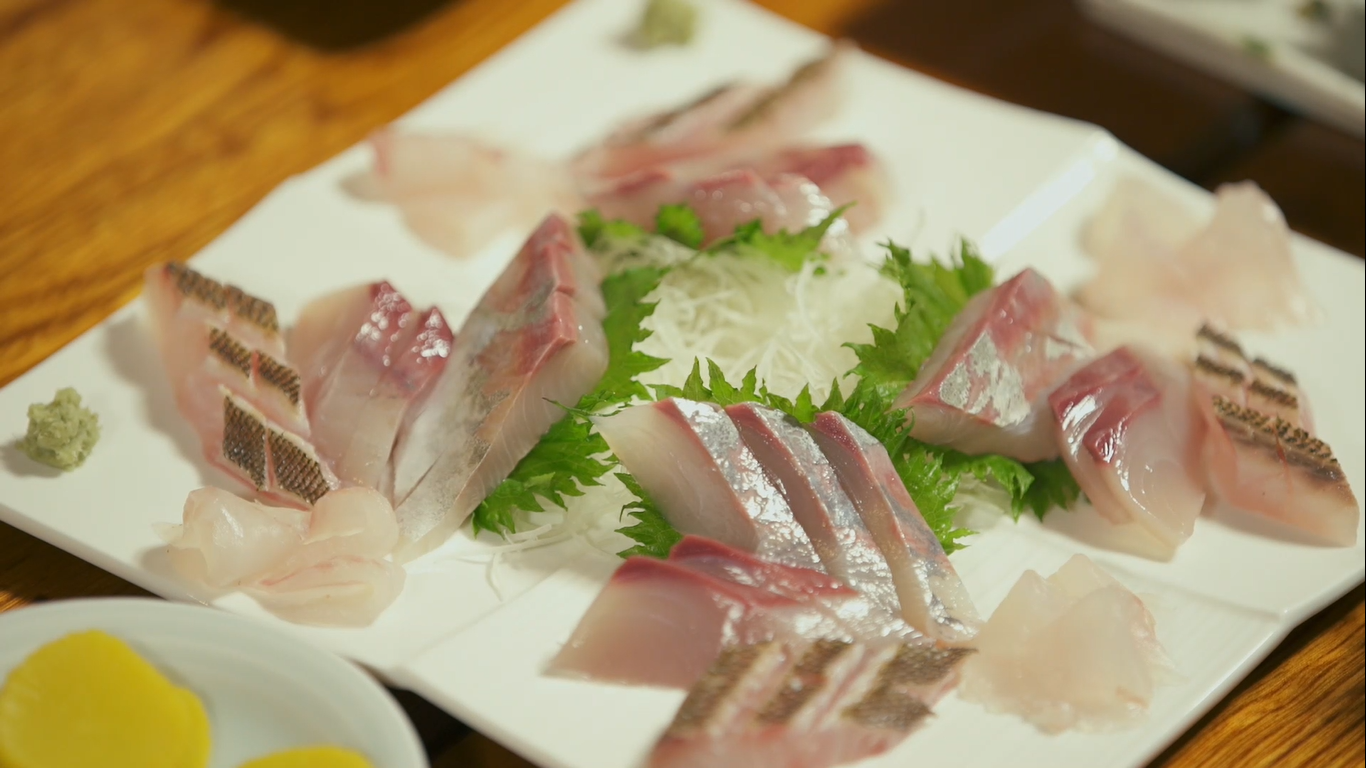
The Weather and What to Wear
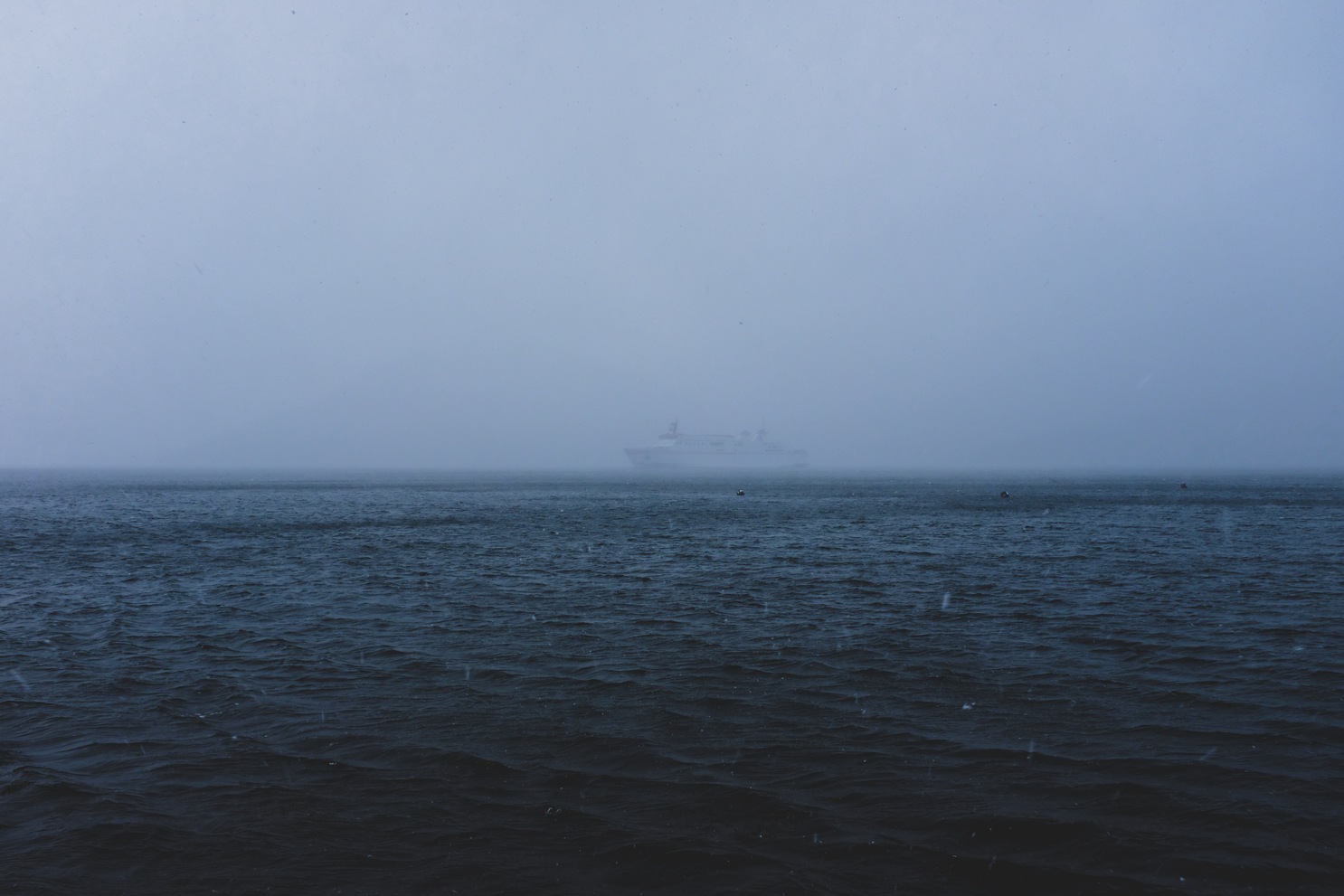
Winter nights can feel quite long, as the sun sets at around 4:50p.m. to 5:30p.m. during the season and there aren’t many street lamps on the islands. The average temperature in December is 7.1℃ but it drops to 4.2℃ in January and lingers at 4.3℃ throughout February. Therefore, visitors are strongly advised to bring more layers than you think you’ll need. Beanies, cowls or scarves, gloves, sunglasses and windbreakers are must-haves. If you have thick, woolly socks, bring them too!
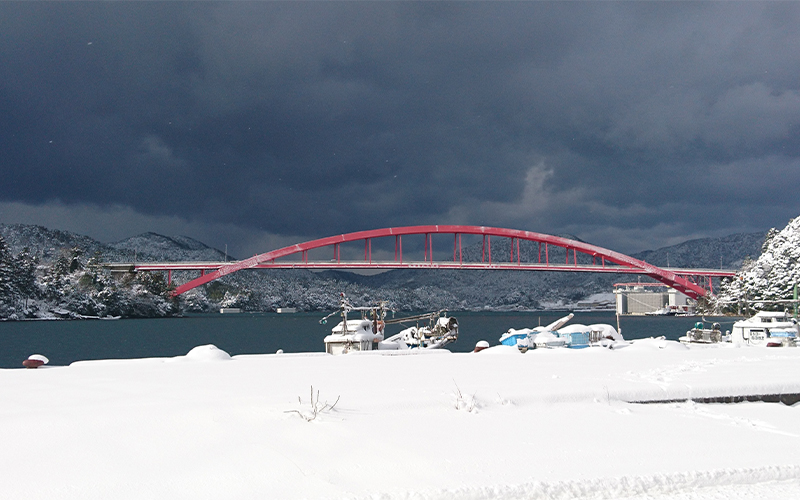
However, the islands experience a different winter, and not all winters are the same here on the islands. Due to her size and location, Okinoshima Town sees more snow and experiences lower temperatures than the other 3 islands. For most of the time in Dōzen area, it will snow a few times but the snow barely sticks near the waterfronts. There is also a higher tendency of sleets than snow. However, with ongoing La Niña predicted this year, the islands are probably going to see more snow again this winter. Also, we get “wet snow” here on the islands; not the dry and powdery snow. If you are going to go on a hike, or even just a short stroll in the neighbourhood, we recommend bringing weatherproof shoes and gears, waterproof in particular, with you!
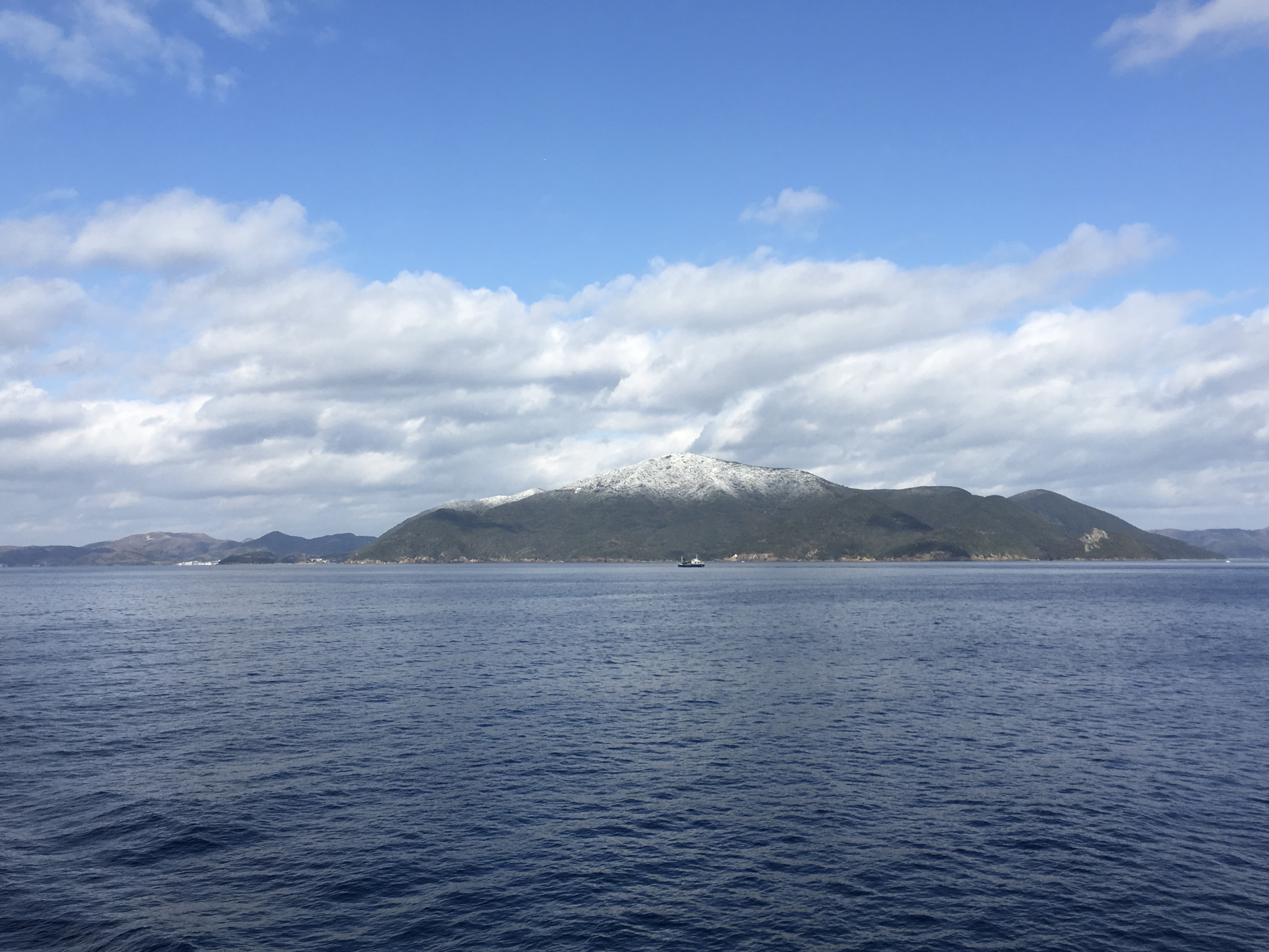
Other than snow and sleet, wind and waves are also something to keep in mind. The strong north-westerly winter winds from the continent not only shape the coast of the islands (if you have not realised, a lot of our remarkable geosites along the shores face the north or the west!), but also bring rough waves. This is also the reason why the sightseeing boats are not in operation during winter, and sometimes even the ferries get cancelled! Cancellation of ferry crossings is not abnormal in winter and the locals are very used to it. However, if you are an international visitor visiting from abroad, please leave a margin when planning your trip to the islands. Insert a day or two between your visit to the Oki Islands and your flight out of Japan.
Prior to your visit to Oki or during your trip on the islands, don’t forget to check the weather and wave forecast constantly! If your scheduled ferry crossing got cancelled due to severe weather, contact the accommodation facilities that you have booked or seek assistance from the tourism association offices.
Special Note about Driving in Snow on the Islands
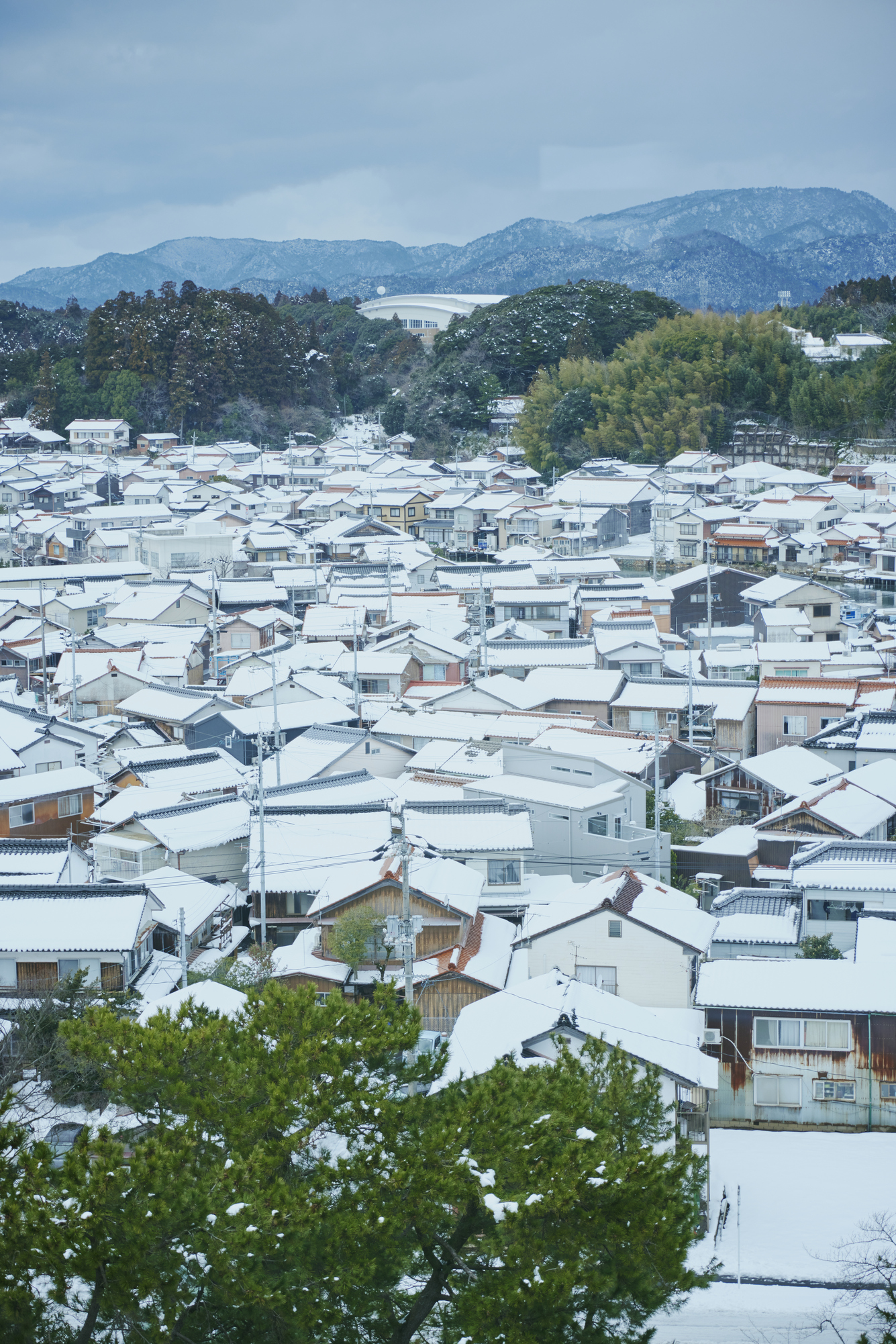
Just like other towns and villages in rural Japan, a lot of the roads on the islands are extremely narrow. Sometimes a lane can look like a one-lane road, when it is actually a single carriageway with two lanes. Driving on these narrow roads requires extreme caution even on a sunny and dry day; not to mention on snowy days or when the roads are icy. Sometimes even when the snow has melted, the roads are still icy and slippery. No matter if you are visiting from snowy regions or from the tropics, if you are planning to explore the snow-covered islands by car, please always be aware of your surroundings, and drive slowly. When in doubt, change your plans and hire a sightseeing taxi instead!
Special Note about New Year Holidays on the Islands
New Year is one of the most important periods for the locals to spend time with their families, therefore some services will be suspended and facilities will be closed over the holidays. Majority of the accommodation facilities will be closed during the period, too. So, come visit us after that!
